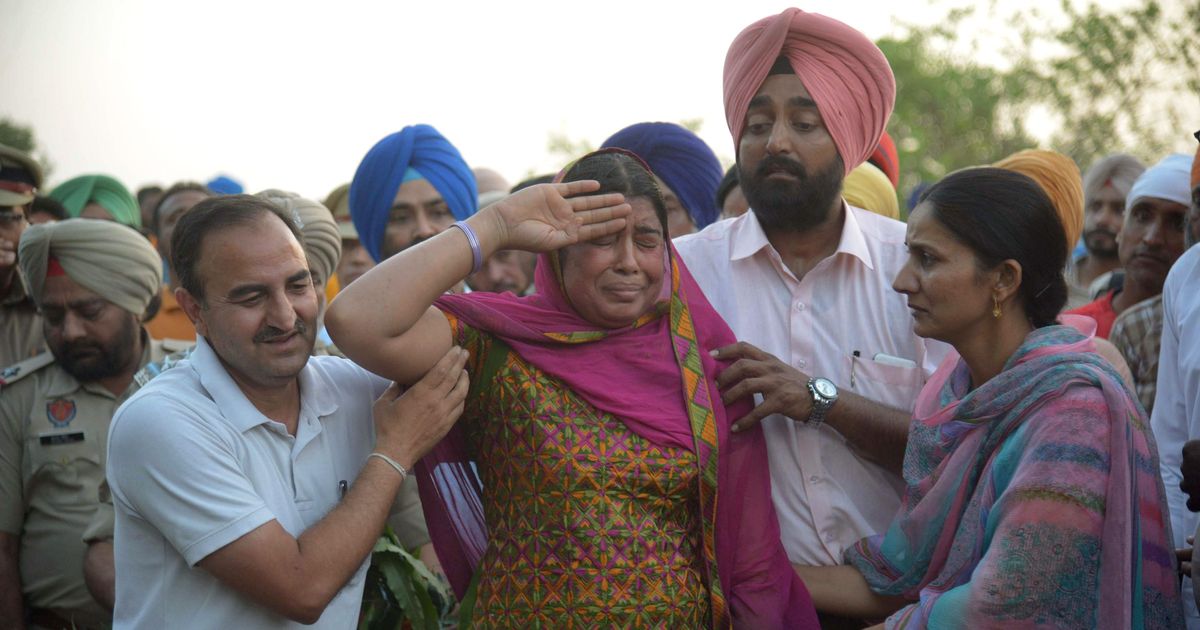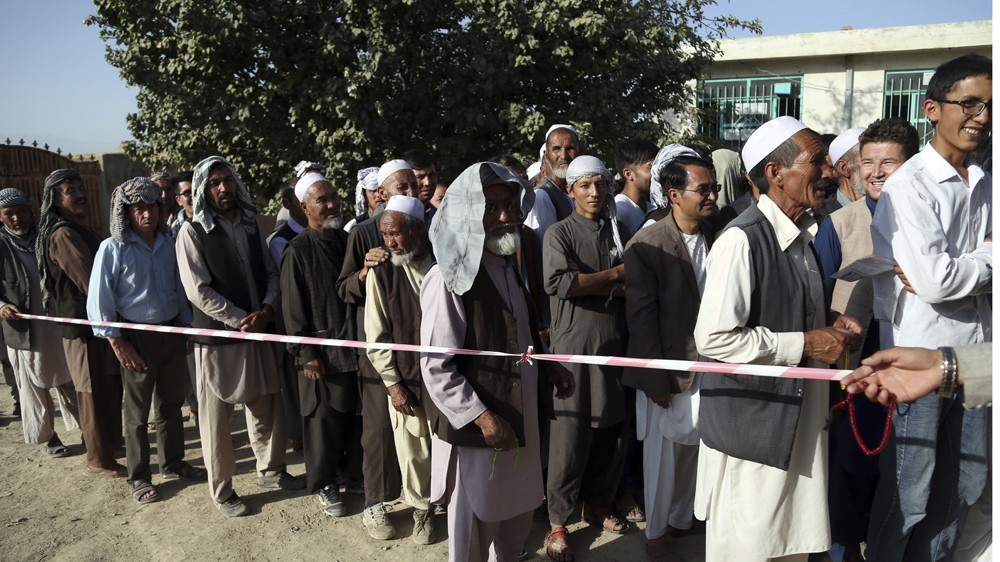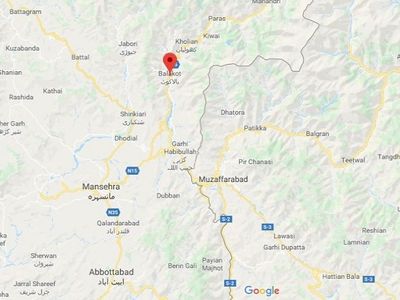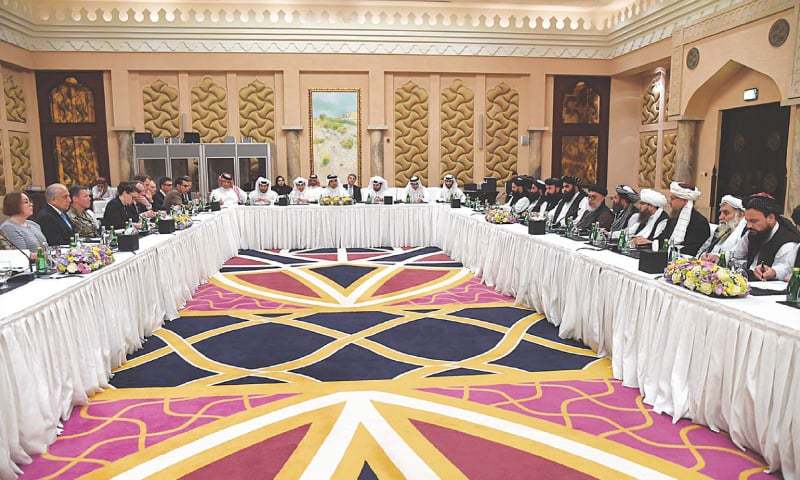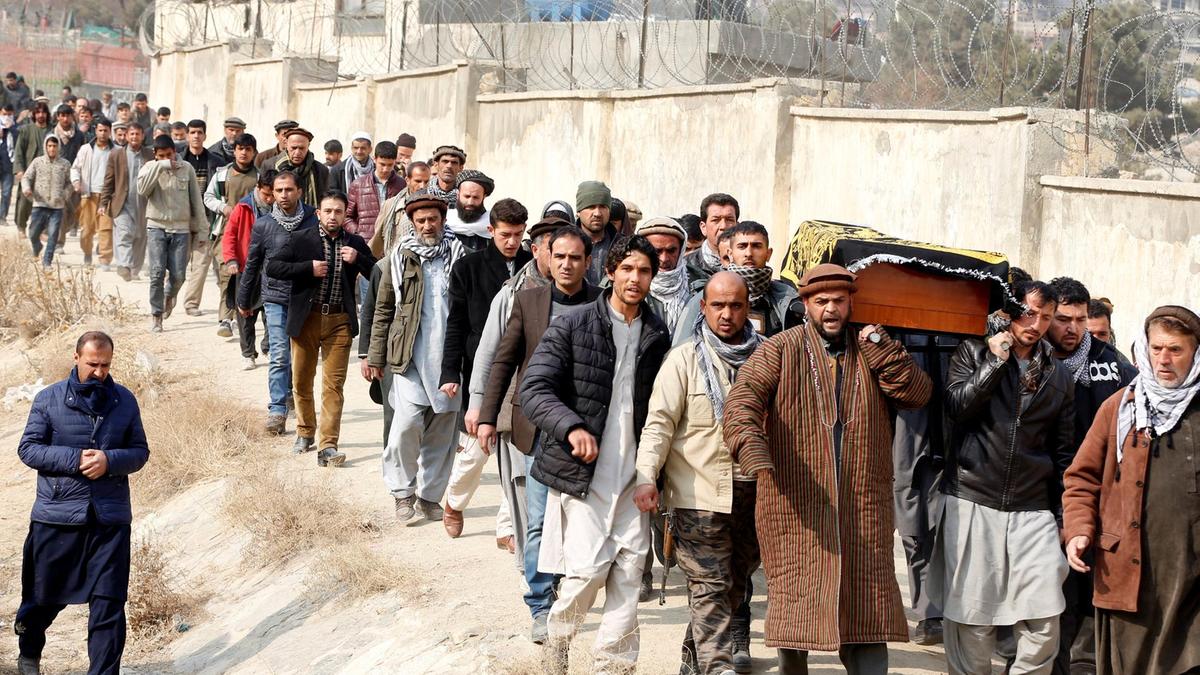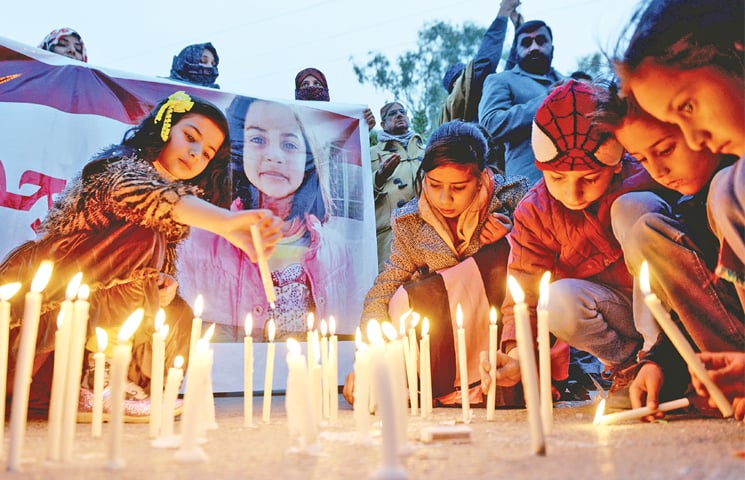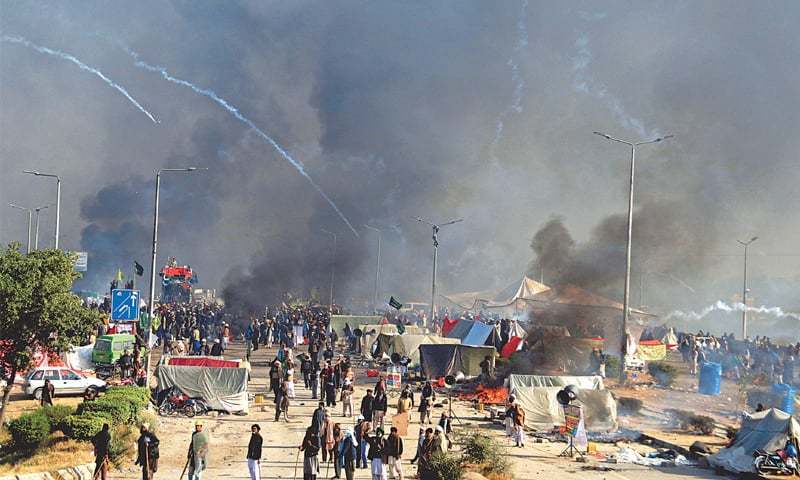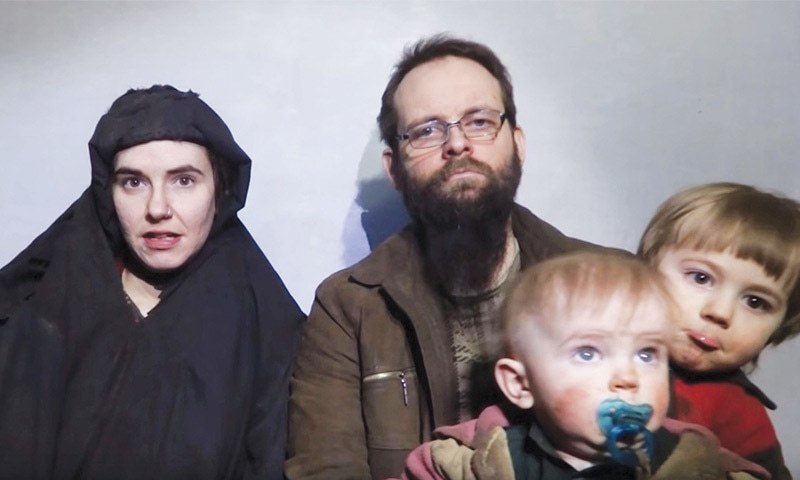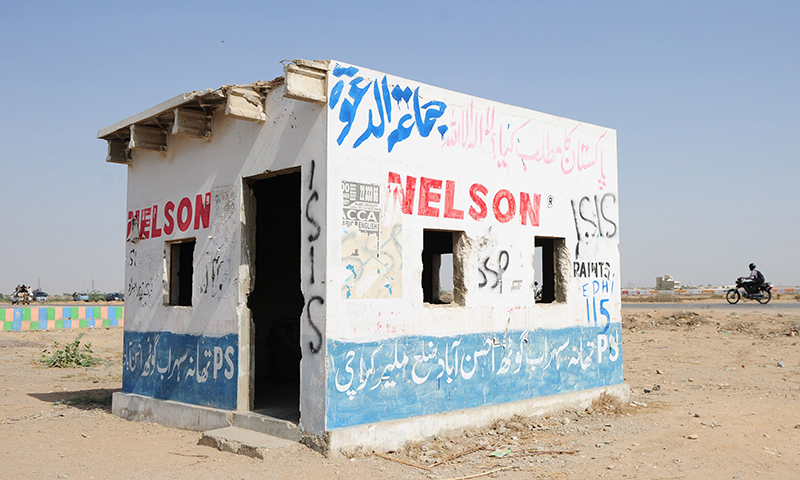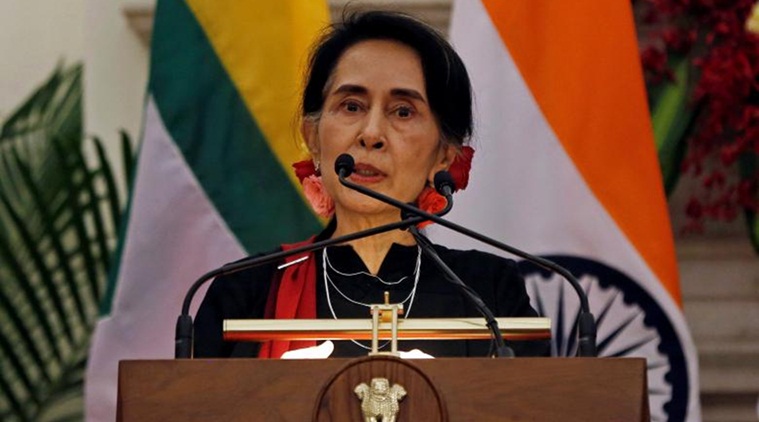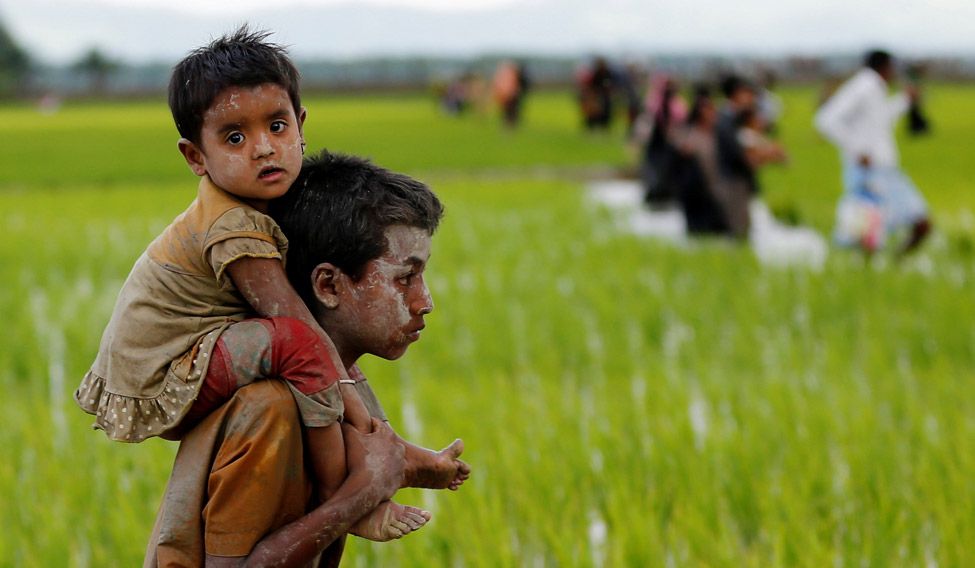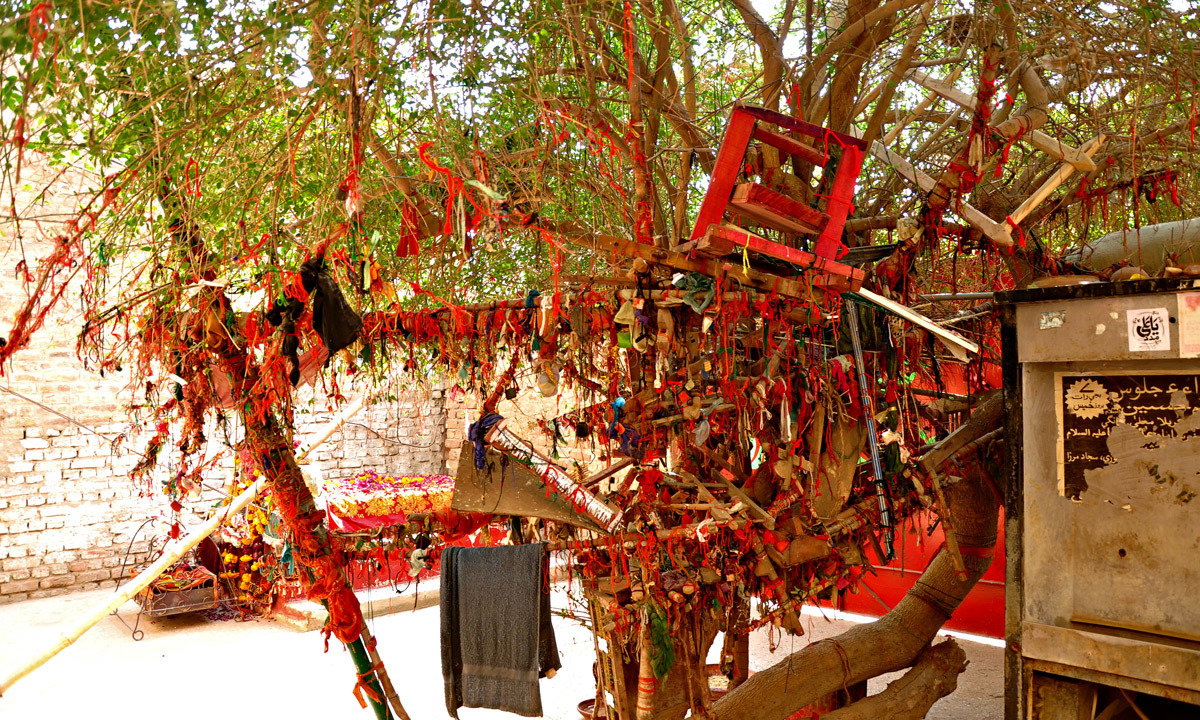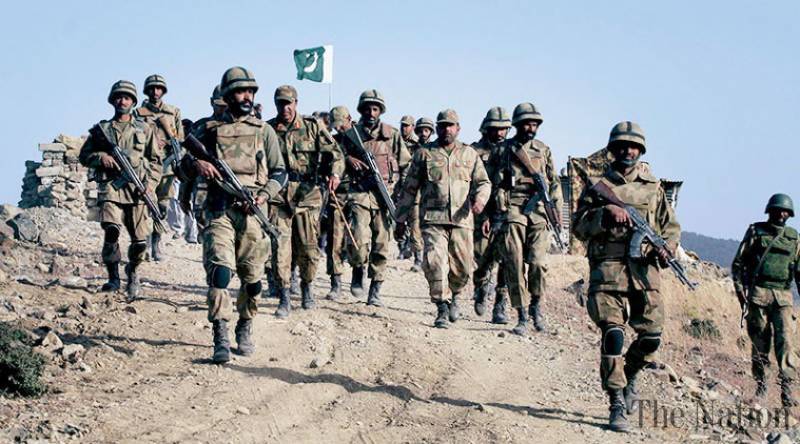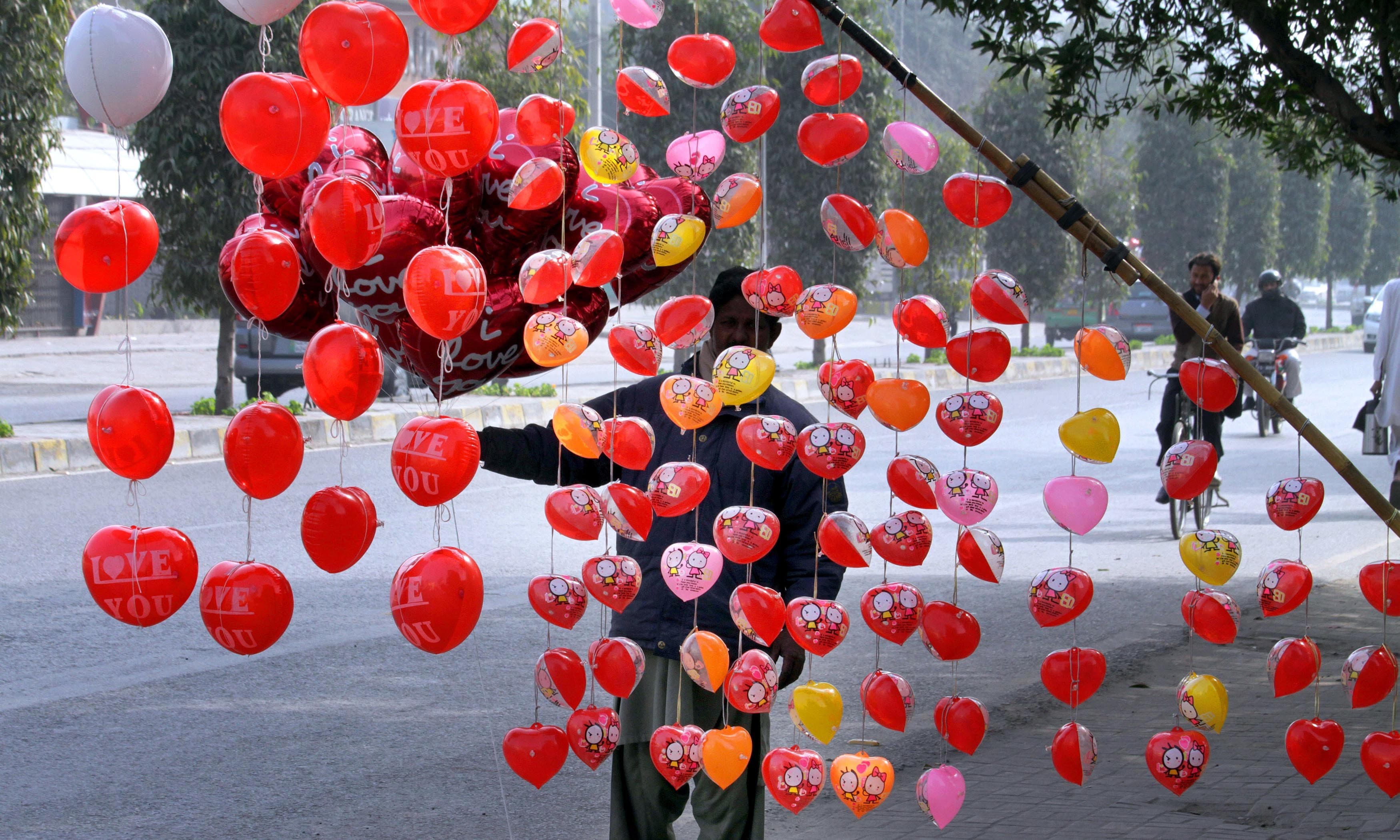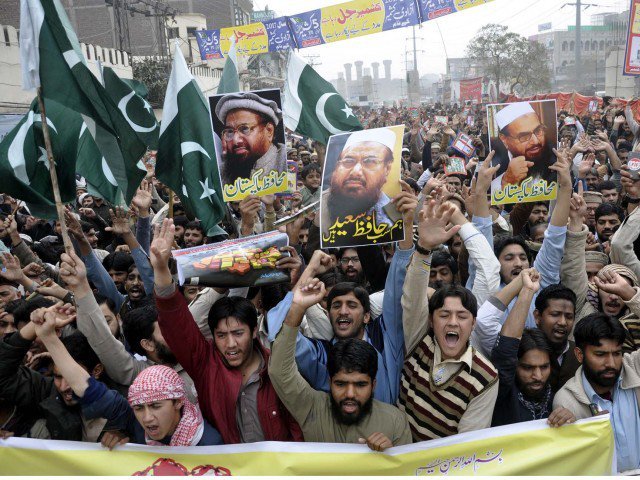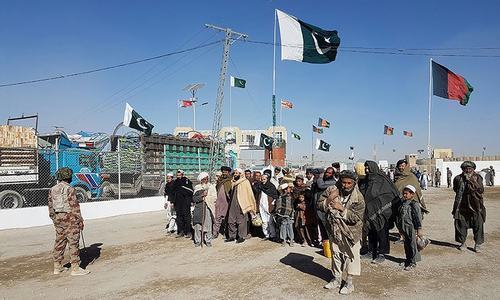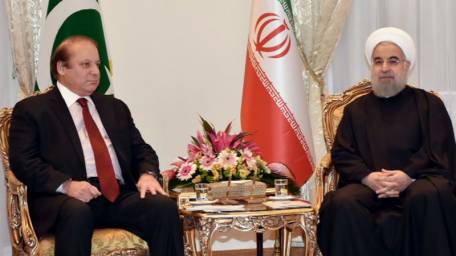CR Analysis
D. Suba Chandran
Professor
International Strategic and Security Studies Programme (ISSSP)
National Institute of Advanced Studies (NIAS), Bangalore
D. Suba Chandran
Professor
International Strategic and Security Studies Programme (ISSSP)
National Institute of Advanced Studies (NIAS), Bangalore
What are the linkages between the two Taliban in Pakistan and Afghanistan across the Durand Line? Is there a hierarchy or chain of command between these two, or both are two different organizations, with different objectives, ideologies and targets? Is there communication link between the two leaderships in terms of operational activities, or they are more of a rhetoric?
The more one analyses the linkages between the Afghan Taliban and the TTP, the more differences one could trace between the two organizations – in terms of history, objectives, ideology and operational targets.
Given the lack of documentational support and evidence, along with interviews with the top leadership on both sides, most of the understanding will have to be conjectures based on an informed guess. A larger debate is needed on this subject.
The Ten Year Gap: Who Founded the Taliban and TTP? And for what reasons?
There is adequate writings and historical accounts of the Afghan Taliban; from Ahmed Rashid’s magnum opus on the Taliban to multiple publications during the last decade, there is a clear historical account of how Mullah Omar from a madrassa in the FATA ended up becoming the Amir of Afghanistan.
The Afghan Taliban was founded and supported by Pakistan in the 1990s to achieve a particular objective in Kabul. To use Admiral Mike Mullen’s proposition much later, the Afghan Taliban in the 1990s was a veritable arm of Pakistan – both the political leadership and the military establishment. There is adequate literature available today explaining why Pakistan founded and supported the Afghan Taliban in the 1990s. Of course it was not referred as the “Afghan” Taliban then; it was just the Taliban. The founders of the Taliban would have never expected or even dreamt there would be a parallel organization east of Durand Line within Pakistan.
The Teherik-e-Taliban Pakistan (TTP) referred loosely as Pakistani Taliban came into being in 2007 with its headquarters in Waziristan. But who founded it and who supported it? More importantly for what reasons?
The Pakistani Taliban was certainly not founded by the Security Establishment in Pakistan, which was responsible for the birth of Afghan Taliban. Ironically, the TTP was founded to fight the Pakistani Establishment. This could be seen from a series of attacks that the TTP carried out; from suicide attacks to high profile attacks on military targets in Rawalpindi, Karachi and elsewhere, one could easily conclude that the primary target of the TTP remains Pakistan.
Given the targets and the time span that the TTP is a post 2007 phenomenon, it would be safe to conclude that the Pakistani Taliban was established by the al Qaeda, rather than Mullah Omar. Though the initial leadership of the TTP, especially Baitullah Mehsud claimed Mullah Omar as his leader, in operational aspects he was supported by the al Qaeda network such as the Uzbeks, rather than the Afghan Taliban.
Ever since the Taliban and al Qaeda leadership and base shifted into Pakistan after the international troops landed in Afghanistan, there was so much pressure on Gen Musharraf to go against the militants in Pakistan, who were using the FATA as a base to carryout operations against the ISAF. While Musharraf faced serious pressure and at times even sanctions and threats from the US to do more, there was also an equal resistance from his own Establishment from going against “their boys”. How can they, for they are seen as their trump in Afghanistan?
As a result, Pakistan was selective in apprehending and neutralizing the militants in its soil. More al Qaeda leaders were either captured and handed over, or neutralized. Even today, Pakistan is more than willing to sacrifice the al Qaeda leadership, rather than the Afghan Taliban. There is enough literature available on the number of al Qaeda leaders either captured and handed over to the US silently by Pakistan vis-a-vis the Afghan Taliban.
The establishment of TTP should be interpreted in this background; it was more of an al Qaeda creation, rather than that of the Afghan Taliban under Mullah Omar. The US should be aware of this, and perhaps is willing to live with this; it no coincidence that the drone attacks have targeted more of the al Qaeda and TTP leadership in Pakistan, but not the Afghan Taliban!
Afghan and Pakistani Taliban: Are there Operational Linkages?
There appears a clear divide between the two, in terms of operational areas and targets. The Afghan Taliban – led by the Quetta Shura (of Mullah Omar) and the Haqqani network, though have their bases in Pakistan (in Balochistan and FATA respectively), target primarily the Karzai government and international security forces in Afghanistan. There have been no major operations by these groups against the Pakistani Establishment on the east of Durand Line. Nor there have been any major statements or threats. Perhaps, that is why the government and military in Pakistan do not see the Afghan Taliban as a threat, or have a formal dialogue with.
On the other hand, the TTP has been continuously targeting the government, society and military within Pakistan. Except for Mullah Fazlullah’s faction, referred more as the Swat Taliban, and its earlier avatar – the TNSM (Tehreek-e-Nafaz-e-Shariat-e-Mohammadi) established by Sufi Muhammad (Fazlullah’s father in law), the Pakistani Taliban, especially those factions under the leadership of the Mehsuds (both Baitullah and Hakimullah) did not fight much in Afghanistan; they always targeted Pakistan and operated within the country.
In terms of links between the leadership, though the Pakistani Taliban claimed Mullah Omar as its leader, it was more a rhetoric. In reality, it was led by the Mehsuds in Waziristan aided by a Shura, rather than “commanded” by Mullah Omar. In fact, the Pakistani Taliban is not a monolithic organization; it has evolved into a franchisee, with the Mehuds as the core in Waziristan along with Swat Taliban, Bajaur Taliban and later even a Punjabi Taliban.
The larger question today would be: is there a transformation in the nature of relations between these two? Will there be a third addition to this - the Islamic State in South Asia?
An edited version of the above was originally published earlier by the Hindu.

